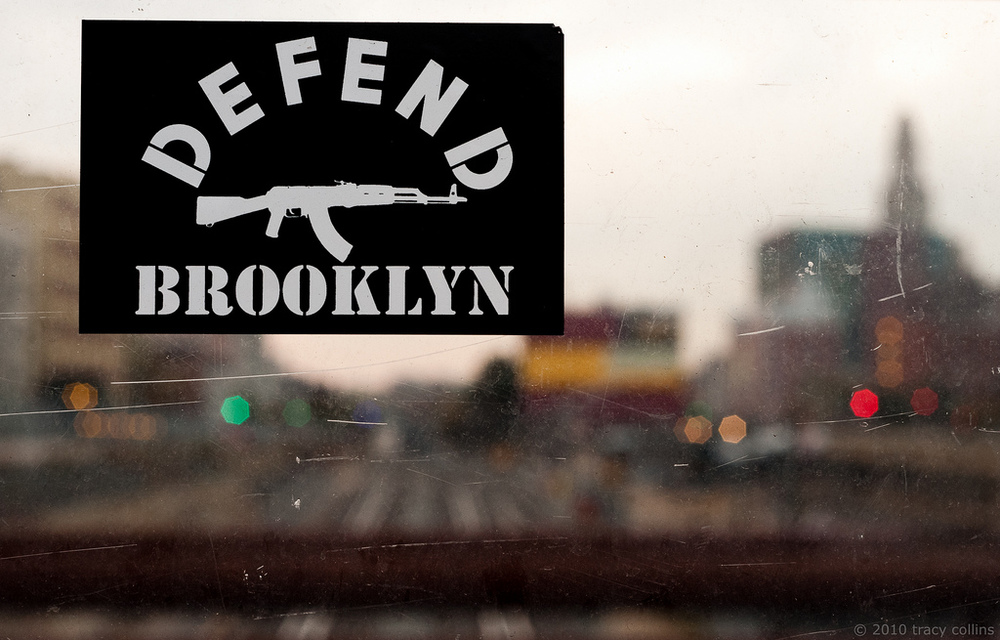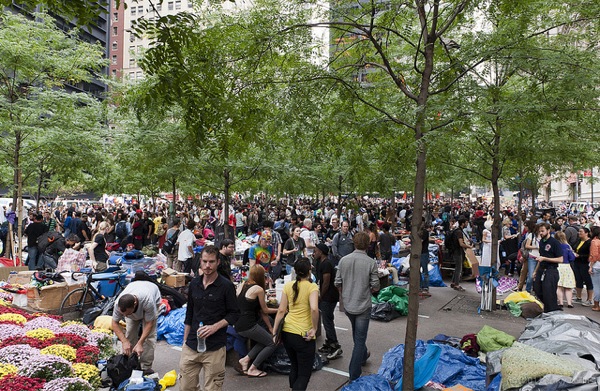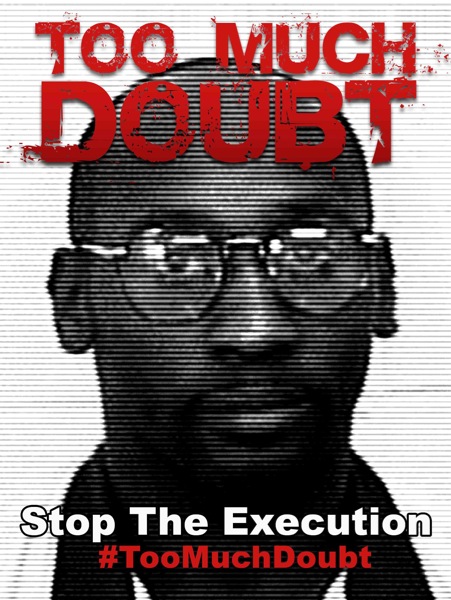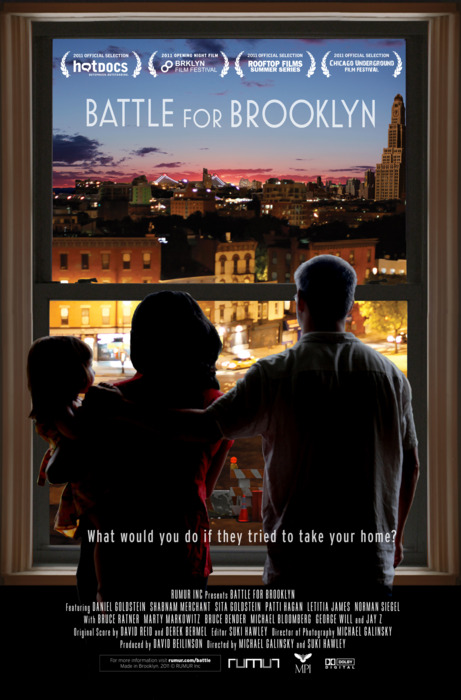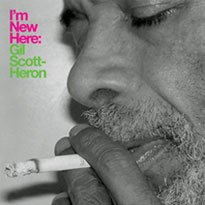New visualization of the word flow project. It’s focus is the display of user’s profile and banner images by category. Thinking about ways to remix these images.
journal
wordflow - realtime data visualization of 2016 election activity
Check out a very early/alpha (buggy!) online project that I'd hoped to formally release before today (November 8, 2016: #Election2016):
wordFlow uses real-time data feeds from various sources (such as @HillaryClinton, @realDonaldTrump) and displays the text.
The data sources (i.e., CNN) are shown as circles, where the size of the circle is proportional to the number of words published since I started the project (about a year ago?).
A data source has one or more "channels." For instance, CNN has a Twitter feed, a YouTube channel and a plain-old website. A channel is also displayed as a circle, and it's size proportional to the words published in only that particular channel. Channels are "linked" to its source by lines.
As real-time data is published by a source via one of its channels, the text emerges from the channel circle, and its movement, font, font size, color and opacity are determine by various metrics, as well as the "physics" settings of the visualization.
Text font size is based on the number of times a word is used.
Text color is based on keywords that I've selected loosely categorized as:
- "positive",
- "negative",
- "neutral",
- "politically-left",
- "politically-right"
For instance, the words "Hillary" and "Clinton" are in the "politically-left" category. At this time, the categorization is only based on my opinion, and will most likely change.
The "physics" can be modified by adjusting the settings for:
- "gravity"
- "charge"
- "velocity decay"
- "link strength"
- "link distance"
- "age"
To adjust the physics settings, click on the "SHOW CONTROL" button that appear in the lower left corner when the mouse is moved. Again, it's alpha software, so some controls may do nothing, and unpredictable results are likely!
Sources include: Twitter, YouTube closed captions, web site RSS feeds, transcripts, and realtime CSPAN data streams.
Future plans include:
- data analysis (i.e., histograms, social graphs, etc.) of language and language trends used in the campaign
- ability to re-play archived data streams
- automatic discovery of new data sources (i.e., Twitter followers of @HillaryClinton)
- selectively filter based on criteria such as:
- data source
- word use frequency
- phrases
Please check it out and let me know what you think. Please feel free to let me know about problems you may have when viewing the site.
Thanks!
social matters ... now with maps (beta), and instagram (beta)
Instagram feed has been added. Check it out below:
And, if a tweet or instagram has geo info, it's added to Google Maps:
Mergulho De Superfície
Video mapping collaboration with Eneida Sanches and Isolda Libório, premiered at Reconvexo in Brasília, Brazil in 2015
Social Matters
A real-time display of activity around #BlackLivesMatter.
This piece debuted at Anna Deavere Smith's Mattering Forum on May 9, 2015.
Black & White Thanksgiving
ghost bike
snow still life
hard light soft focus
ATLANTIC YARDS: [DE]CONSTRUCTED
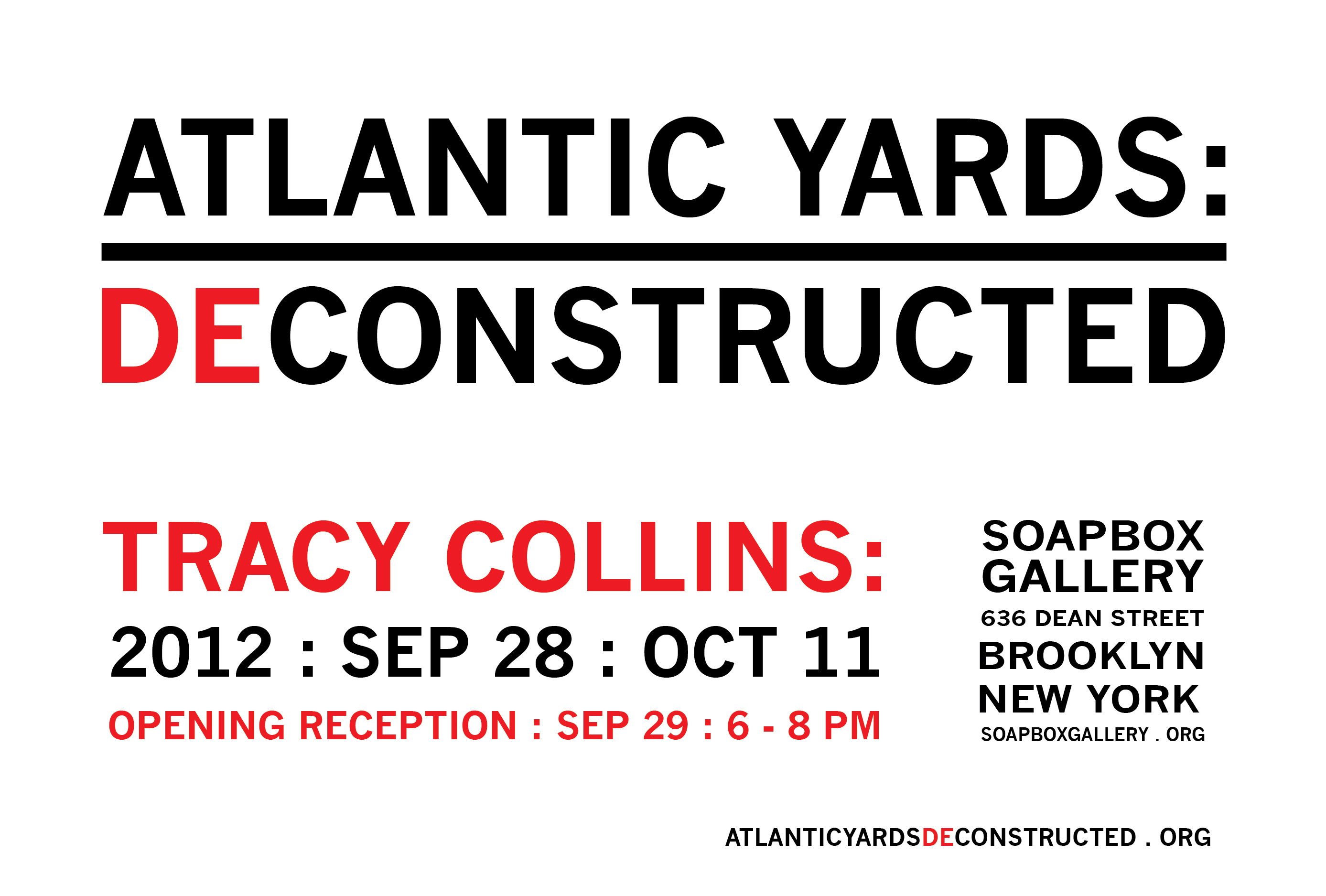
September 28, 2012, the opening day of the Barclays Center Arena of the Atlantic Yards project, an exhibit of my Atlantic Yards work opens at the Soapbox Gallery.
negotiation
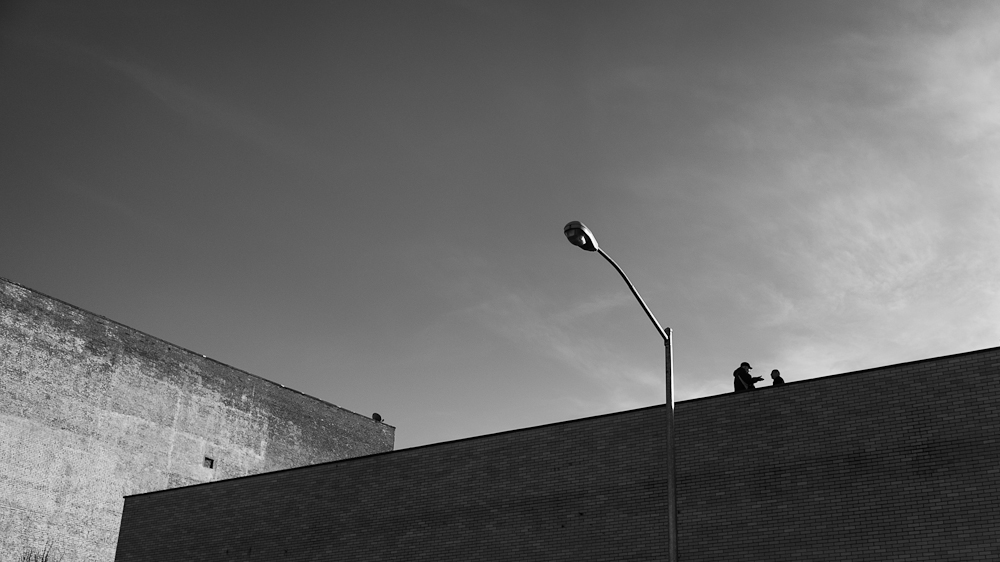
#occupywallstreet
Troy Davis: Executed. Innocent?
(me x 19) + Dodge Meadowbrook
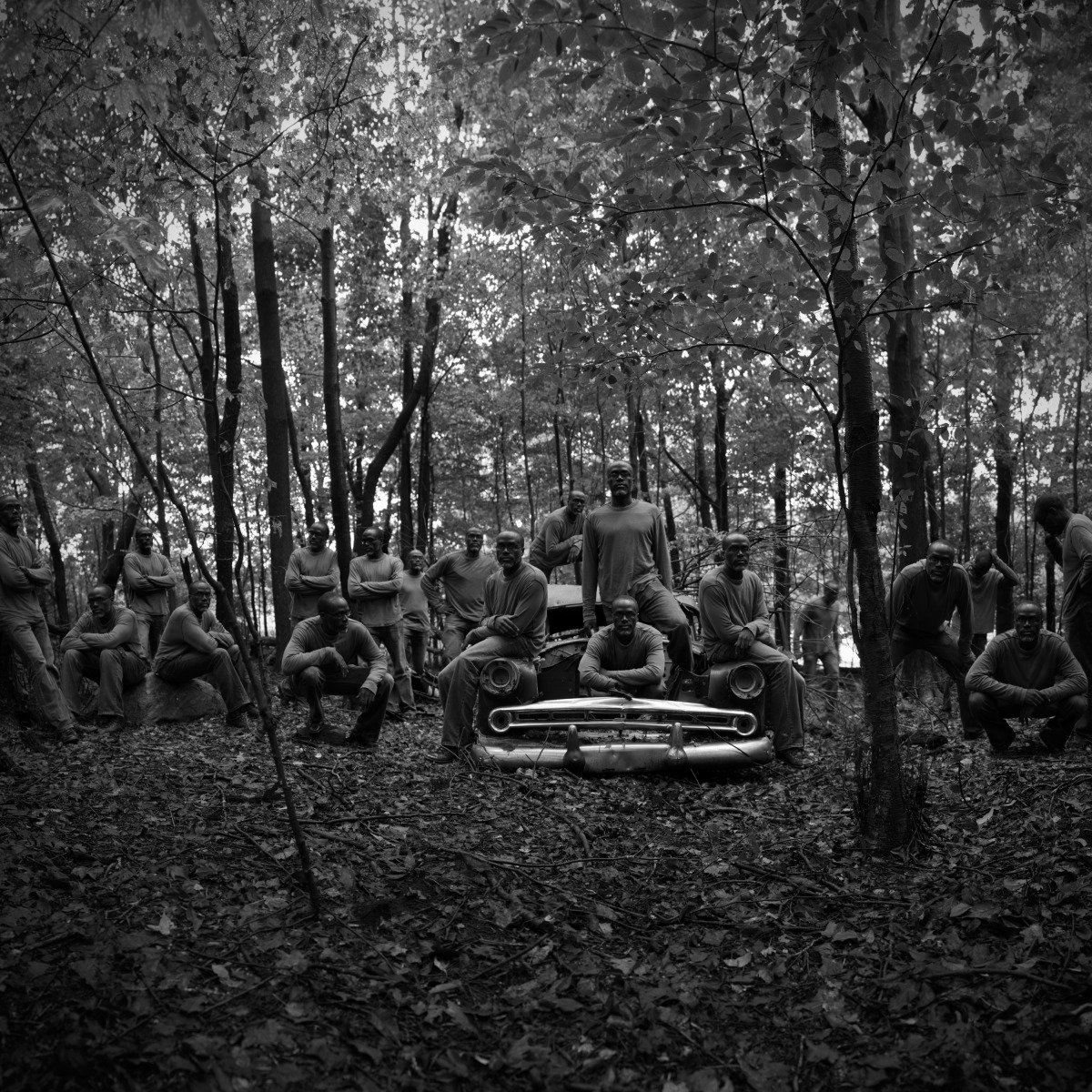
US premiere of Atlantic Yards doc BATTLE FOR BROOKLYN - June 3
On Friday, June 3, on the opening night of the Brooklyn Film Festival, filmmakers Suki Hawley and Michael Galinsky will debut their Atlantic Yards documentary BATTLE FOR BROOKLYN in the U.S.
Friday June 3
8:00 PM
Brooklyn Heights Cinema 1
Buy tickets via PayPal
As a photographer living less than a block from the site of the under-construction Barclays Center Arena, I have been documenting the neighborhood from the time the project was announced at the end of 2003.
From the BATTLE FOR BROOKLYN web site:
BATTLE FOR BROOKLYN is an intimate look at the very public and passionate fight waged by residents and business owners of Brooklyn’s historic Prospect Heights neighborhood facing condemnation of their property to make way for the polarizing Atlantic Yards project, a massive plan to build 16 skyscrapers and a basketball arena for the New Jersey Nets. The film focuses on graphic designer Daniel Goldstein whose apartment sits at what would be center court of the new arena. A reluctant activist, Daniel is dragged into the fight because he can’t accept that the government should use the power of Eminent Domain to take his new apartment and hand it off to a private developer, Forest City Ratner. The effort to stop the project pits him and his neighbors against Ratner and an entourage of lawyers and public relations emissaries, the g0vernment, as well as other residents who want the construction jobs, the basketball team, and the additional housing that the project might produce.
Daniel and a host of Brooklynites form the group “Develop Don’t Destroy Brooklyn” to pursue alternate plans to Ratner’s proposal and to expose misconceptions about the project. One by one, residents living the footprint begin to sell their homes to the developer or move away, leaving Daniel as the last man standing in the footprint of the proposed sports arena. Along the way, he loses a fiancé, falls in love again, gets married and starts a family. The film is a thoroughly engaging look at the infuriating erosion of individual rights in the interest of corporate concerns and political maneuvering. Shot over the course of eight years and compiled from almost 500 hours of footage, BATTLE FOR BROOKLYN is an epic and universal tale of one man under pressure, and how far he will go to fight for his home and what he believes in.
RIP GSH
historic earthquake & tsunami in Japan
My heart breaks for those in Japan effected by this massive tragedy.
man on 6th
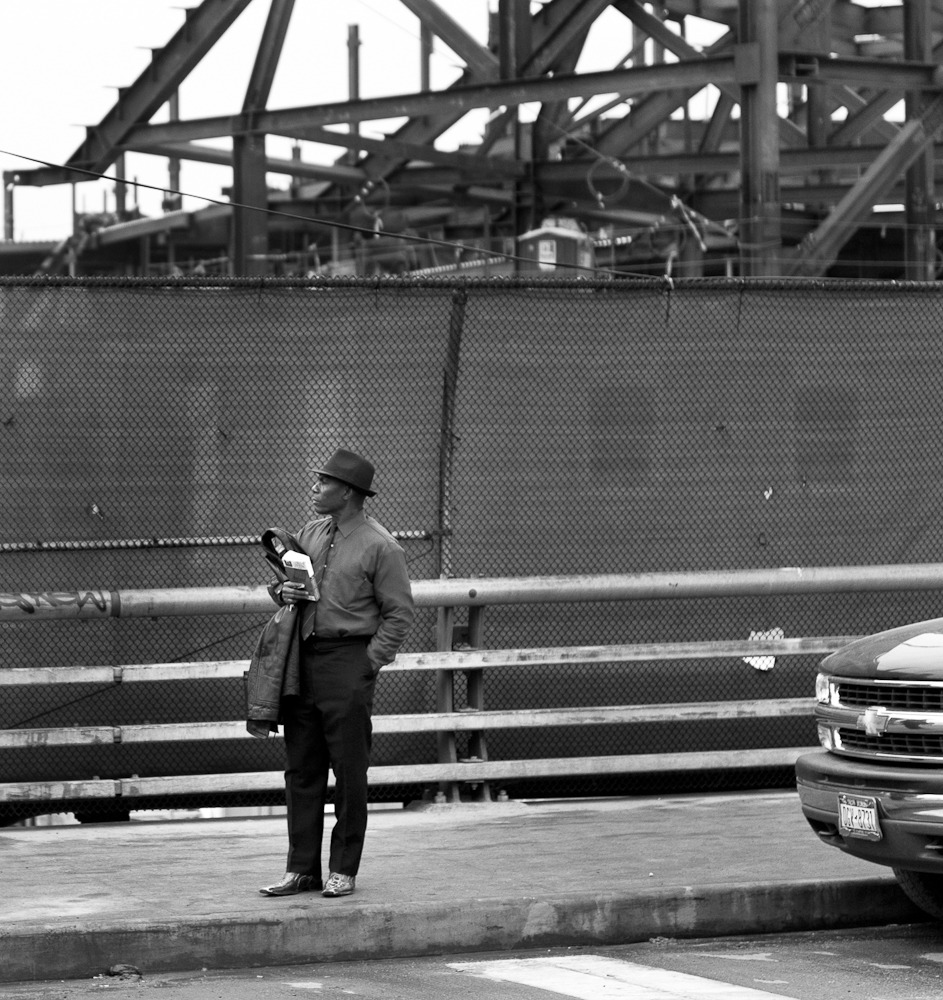
2010 New York City Marathon
November 7, 2010
Park Slope, Prospect Heights, Fort Greene
Brooklyn
"On The Run" by Pink Floyd
performed by Easy Star All-Stars
DEFEND BROOKLYN
